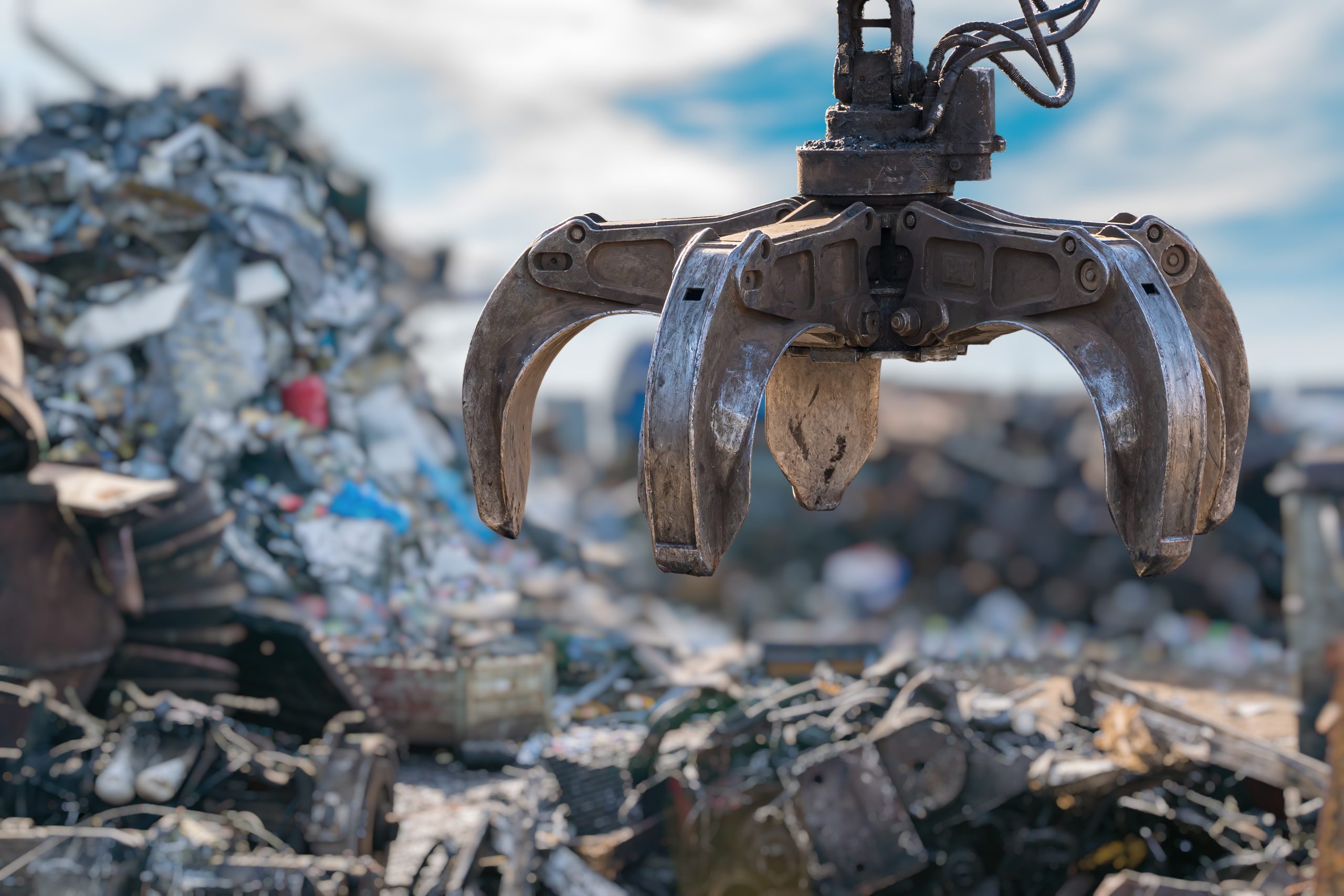Recycling has become a cornerstone of sustainable living, helping cities like Melbourne reduce their environmental footprint and conserve valuable resources. Among the most impactful materials to recycle is steel. Steel recycling not only cuts down on waste but also significantly decreases the need for raw materials, reducing energy consumption and greenhouse gas emissions. As Melbourne embraces eco-friendly practices, steel recycling is increasingly vital to building a greener, more sustainable city.
Why Steel Recycling Matters
Steel is one of the most commonly recycled materials in the world. In Melbourne, steel recycling plays a crucial role in waste management and resource conservation. Recycling steel reduces the need for mining raw iron ore, a process that is both energy-intensive and environmentally taxing. By reusing steel, Melbourne residents and businesses contribute to a circular economy that supports sustainable growth and minimizes the city’s environmental impact.

Benefits of Steel Recycling in Melbourne
- Environmental Conservation: Recycling steel significantly reduces air pollution, water pollution, and greenhouse gas emissions. It also saves approximately 75% of the energy required to produce new steel, which translates into less strain on natural resources and a healthier ecosystem.
- Economic Advantages: Recycling steel creates jobs and supports Melbourne’s economy. Recycling facilities require skilled workers to process the steel, and as demand for sustainable materials grows, so do job opportunities in this field.
- Conserving Natural Resources: Mining iron ore for steel production involves extracting non-renewable resources, which can lead to environmental degradation. Steel recycling helps conserve these resources, extending the lifespan of the materials we already have.
- Reduction in Landfill Waste: Steel recycling keeps large quantities of metal out of landfills, reducing overall waste. This decreases the need for more landfill space and helps to keep Melbourne clean and green.
The Process of Steel Recycling
Steel recycling involves several key steps, each contributing to the efficient transformation of waste steel into reusable material. Here’s a simplified breakdown of the process:
- Collection: The first step is collecting steel scrap from various sources, such as construction sites, manufacturing industries, and household items.
- Sorting: After collection, steel is sorted based on its composition and quality. This step is essential for ensuring the recycled steel meets the required standards for reuse in new products.
- Shredding and Melting: Once sorted, the steel is shredded into smaller pieces and melted in a large furnace. Melting is an energy-intensive step, but it uses significantly less energy than producing new steel from raw materials.
- Purification: To enhance the quality of the recycled steel, impurities are removed during the melting process. This ensures the final product is of high quality and can be used in various applications.
- Solidification: Finally, the purified steel is solidified into bars or sheets, ready for distribution and reuse in the market.
Popular Uses for Recycled Steel in Melbourne
Steel recycling produces versatile materials that can be used across many industries in Melbourne, from construction to automotive manufacturing. Here are a few examples:
- Construction: Recycled steel is widely used in building infrastructure such as bridges, buildings, and roadways. Its strength, durability, and recyclability make it a sustainable choice for construction projects.
- Automotive Industry: Many car manufacturers use recycled steel to produce vehicle bodies, frames, and other parts. This reduces costs and supports Melbourne’s push toward sustainable automotive practices.
- Consumer Products: Everyday items like appliances, furniture, and tools often contain recycled steel. This helps reduce the production of new materials and encourages sustainable consumer behavior.
- Packaging: Recycled steel is also used for packaging, particularly in the form of cans and containers. These products can be continuously recycled, reducing waste and promoting sustainability.
How You Can Contribute to Steel Recycling in Melbourne
Everyone can contribute to Melbourne’s steel recycling efforts. Here are some practical steps for individuals and businesses:
- Proper Disposal: Ensure steel items are disposed of properly in designated recycling bins. Items like cans, appliances, and tools should be placed in recycling facilities rather than general waste bins.
- Support Recycling Facilities: Utilize local recycling facilities or drop-off centers that accept scrap steel. Many facilities in Melbourne provide resources and information to help individuals and businesses recycle steel efficiently.
- Reduce and Reuse: Before disposing of steel items, consider reusing them or donating them if they are still functional. This reduces waste and extends the lifespan of steel products.
- Educate Others: Share information about the benefits of steel recycling with family, friends, and colleagues. The more people are aware of steel recycling’s impact, the greater Melbourne’s collective efforts toward sustainability will be.
Steel Recycling and the Circular Economy
Steel recycling is a powerful example of a circular economy—a system where materials are reused, repaired, and recycled to create a closed-loop system, minimizing waste. In a circular economy, resources are kept in use for as long as possible, creating more value and reducing environmental impact. Steel, given its ability to be recycled without losing its properties, is an ideal material to support this approach. By engaging in steel recycling, Melbourne is fostering a sustainable system that will benefit the community and the environment for generations to come.
Challenges and Future of Steel Recycling in Melbourne
While Melbourne has made great strides in steel recycling, there are still challenges to address. Recycling facilities often need to expand their capabilities to handle the increasing volume of steel waste, and there is a need for more advanced technology to improve the efficiency of the recycling process. Additionally, raising public awareness remains critical for further success.
Melbourne is expected to continue leading in recycling initiatives, with government policies and incentives encouraging sustainable practices. With continued investments in recycling infrastructure and technology, the city can look forward to a greener future, where steel recycling is a fundamental component of waste management and environmental protection.
Conclusion
Steel recycling in Melbourne is more than a waste management solution; it’s a step toward a sustainable and eco-friendly future. By reducing the need for raw materials, cutting down on energy consumption, and providing economic benefits, steel recycling supports Melbourne’s environmental goals and bolsters its economy. Each resident and business can play a role in this process, helping to make steel recycling an everyday practice that benefits all.


